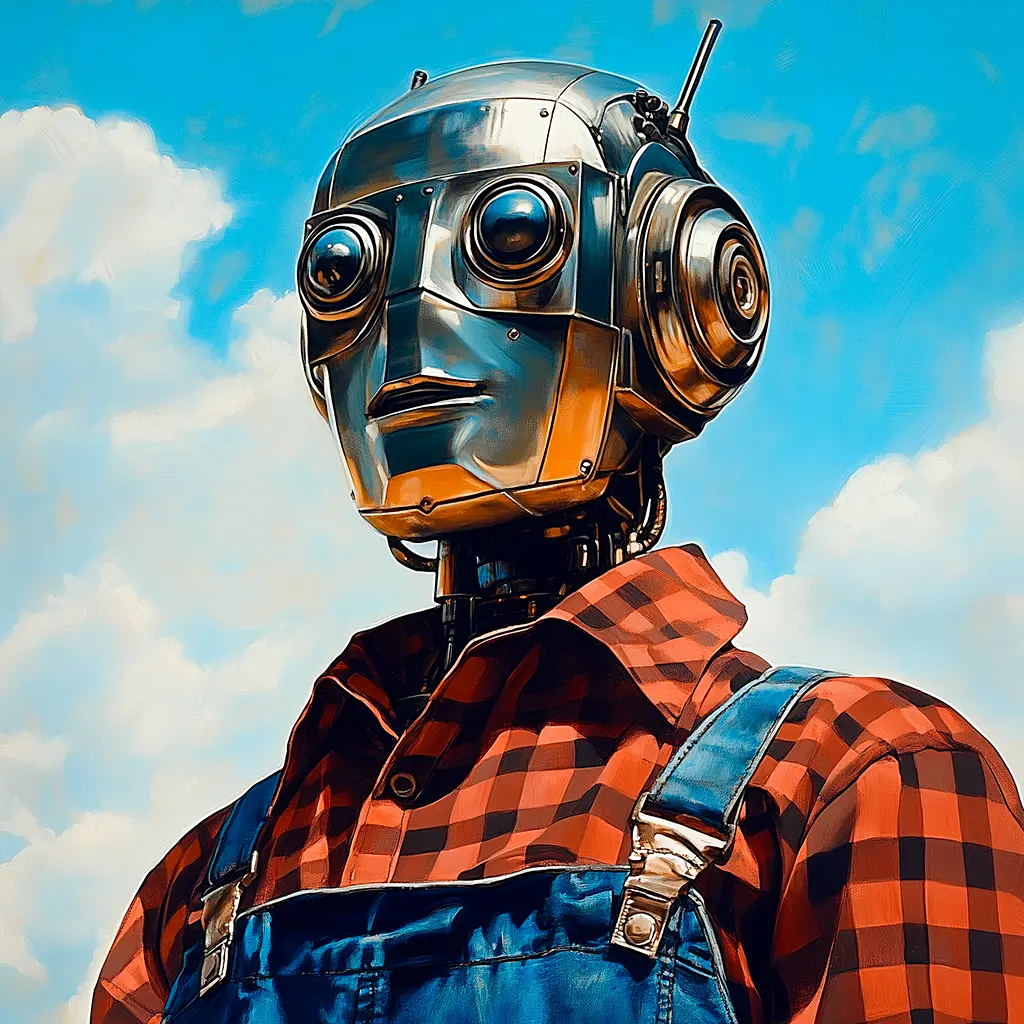Isaac Asimov: First Law
“First Law” is a short story by Isaac Asimov published in October 1956 in Fantastic Universe magazine. The story follows Mike Donovan, a veteran robotics engineer, who recounts an unusual situation that occurred on Titan, one of Saturn’s moons. There, during a mining mission, an experimental robot model from the MA series exhibits unexpected behavior that seems to contradict the First Law of Robotics: “A robot may not injure a human being or, through inaction, allow a human being to come to harm.” The story presents an intriguing situation that challenges the fundamental principles of artificial intelligence.





